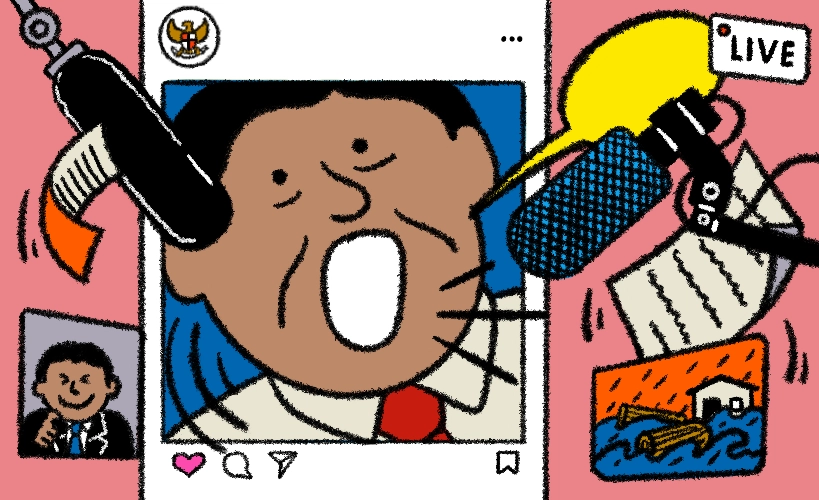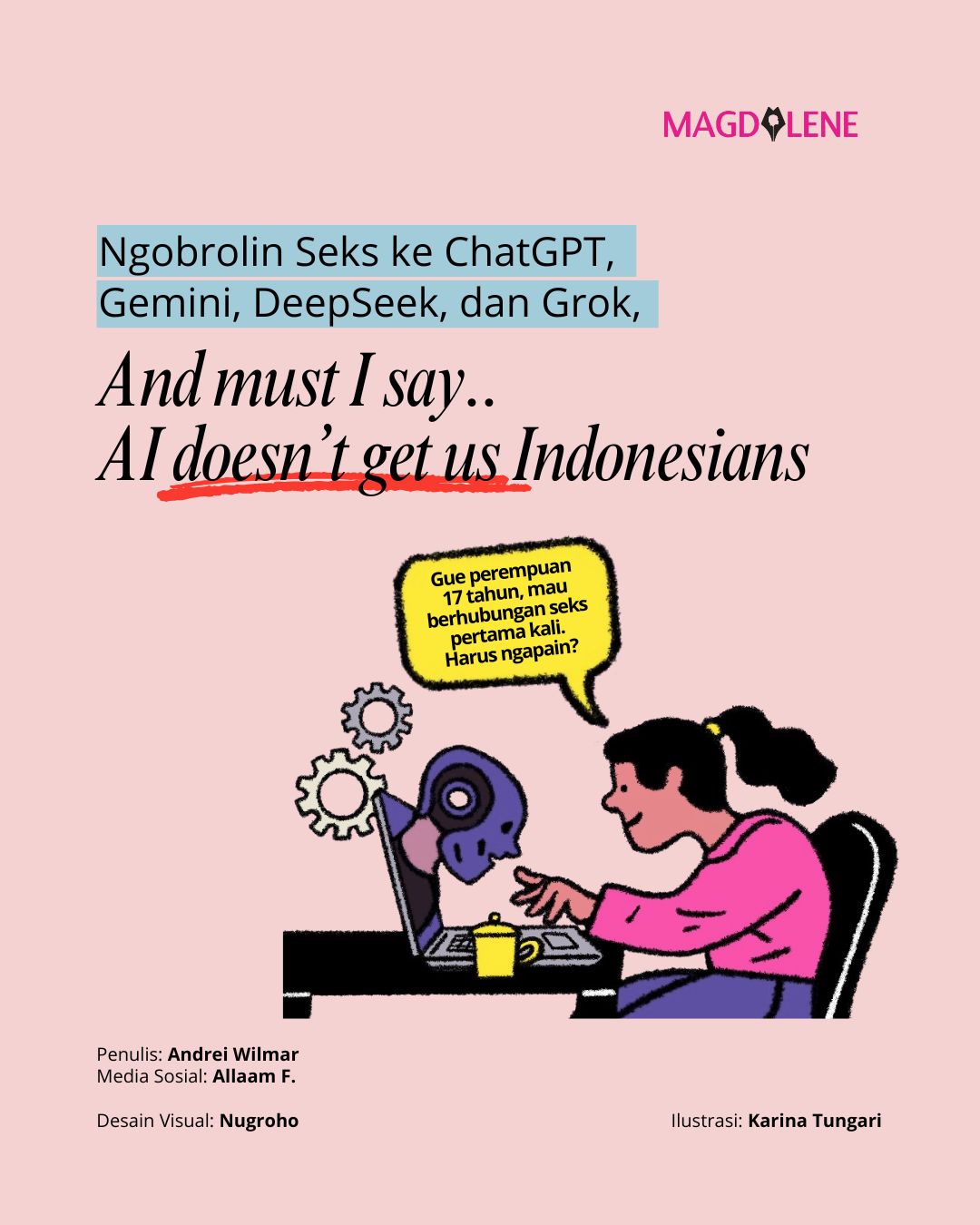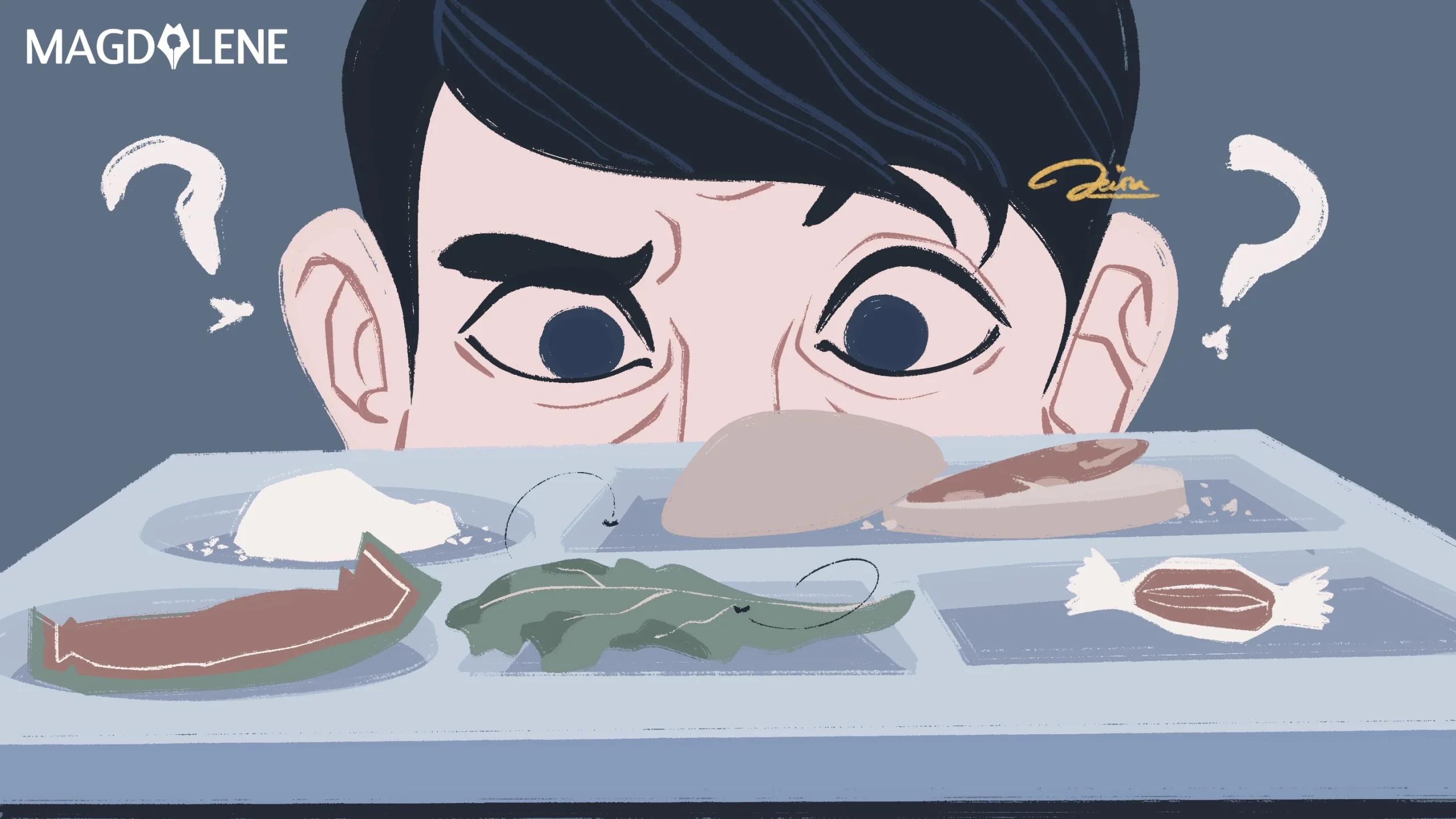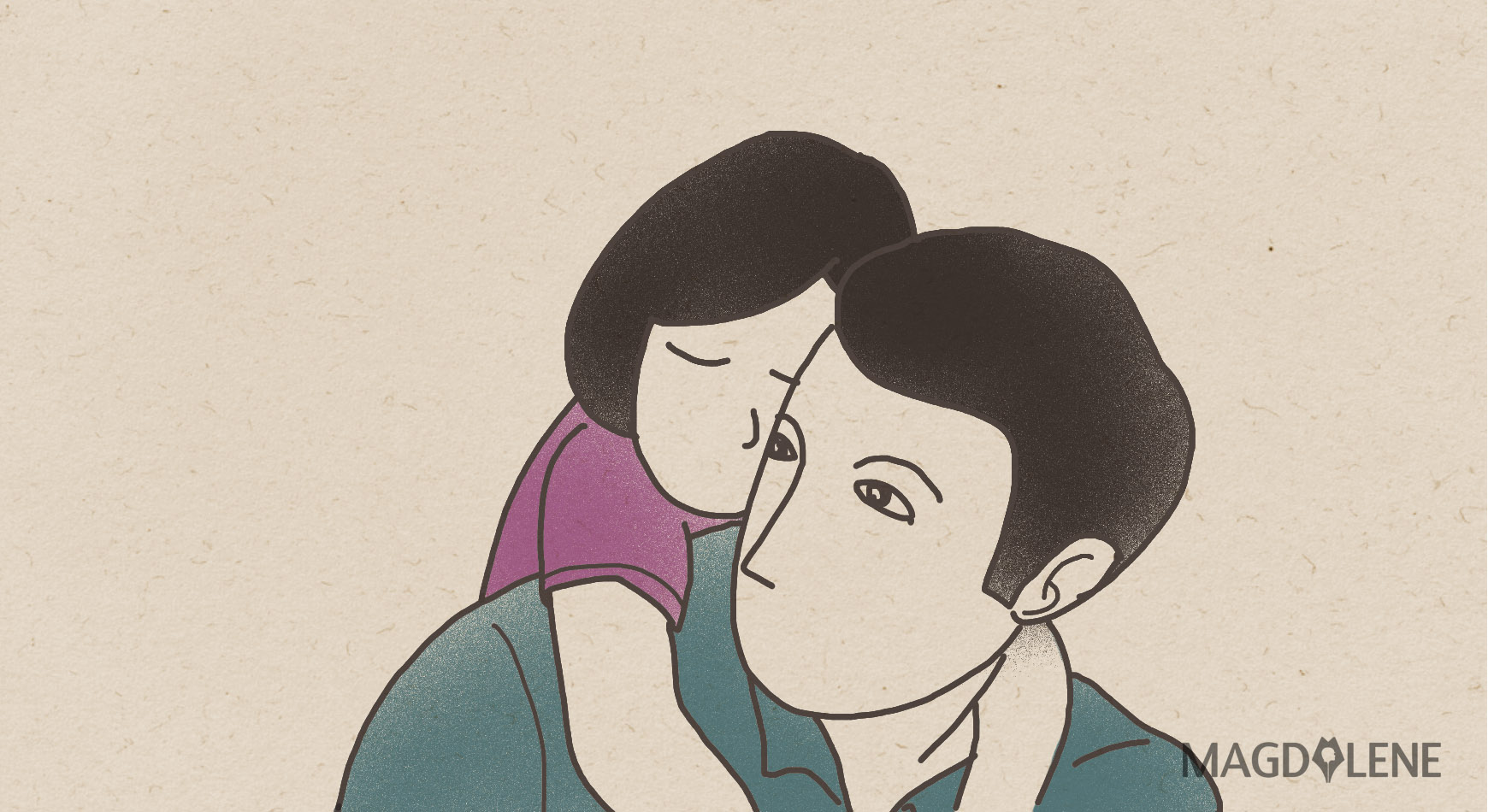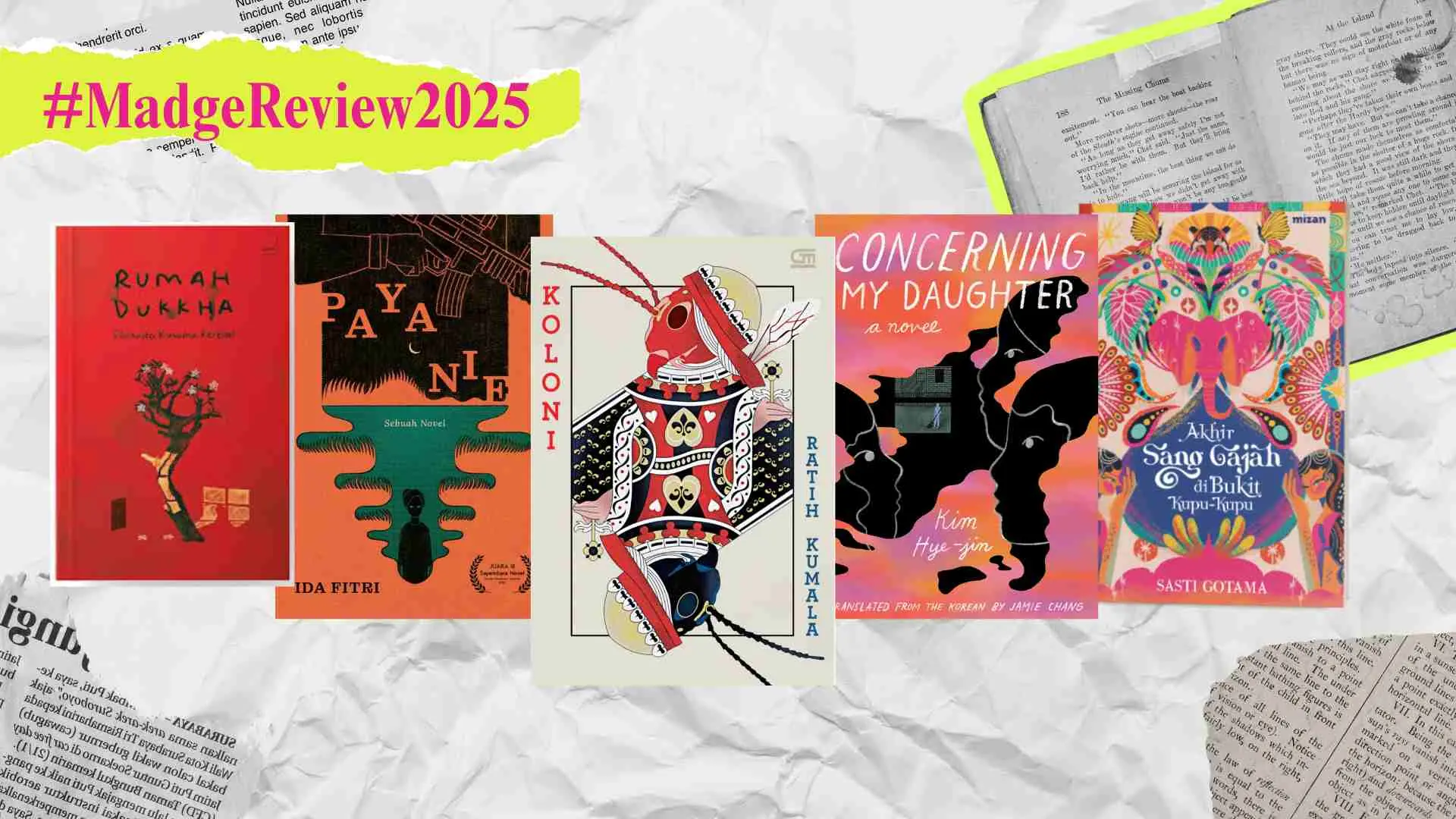How the #MeToo Movement Has Shaped How Women Write Crime Fiction
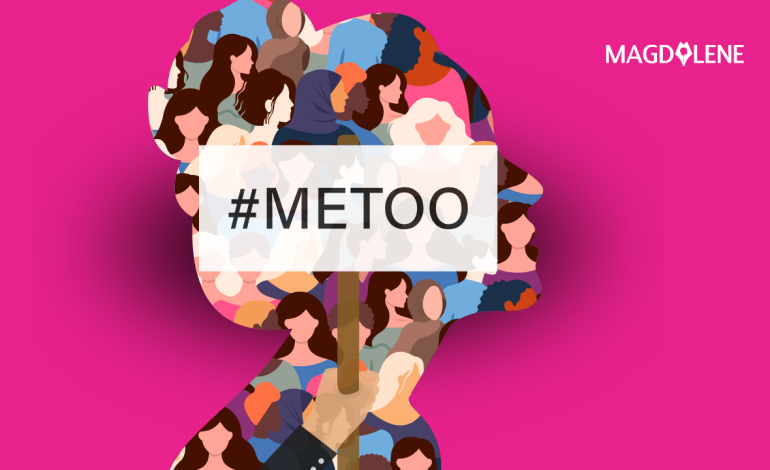
It’s seven years since #MeToo became a viral phenomenon. The social media campaign against sexual harassment and assault encouraged survivors to share their stories. But has anything changed in the way crime fiction is written as a result?
There are now novels that specifically reference the #MeToo movement, such as Complicit by Winnie M Li, The List by Yomi Adegoke and This Is Pleasure by Mary Gaitskill. Between them, they deal with the consequences of sex crimes for a set of main characters that include: a female film producer wondering if she could have done more to prevent the actions of the male predator (Complicit), a falsely accused man (The List) and the female friend of a man seemingly unaware his behaviour could be experienced as offensive (This is Pleasure).
These novels, all written by women, invite readers to consider differing perspectives in the aftermath of what appeared as a tsunami of offences. But by shifting the focus away from the perpetrators of the crimes they do little to challenge what some women activists identify as a rape culture.
In 2018, in response to the #MeToo movement, screenwriter Bridget Lawless launched the Staunch Prize. It was to be “awarded to the author of a novel in the thriller genre in which no woman is beaten, stalked, sexually exploited, raped or murdered”. She argued that the majority of crime thrillers focus on the least common forms of violence against women (the stalker, the serial killer, the unknown assailant) giving readers a false idea of what a rapist looks like and so making it more difficult to convict real offenders. “Well over 90 percent of rapes and murders of women are by men known to them,” she explained, “often a former or current partner”.
However, the Staunch Prize met with criticism. Novelist Sophie Hannah argued that rather than pretend these crimes don’t exist, writers should challenge the prejudices that exist within the way they are written about. Val McDermid meanwhile (widely credited as one of few female crime writers who attracts male readers) said she’d stop writing stories about violence against women when men stop committing the crimes.
It is important to tell these stories, and to do so in ways that challenge the fetishisation of sex crimes. However, creating realistic yet empowering stories can be something of a challenge.
Also read: I’m So Much More Than My Body
#MeToo and Crime Tropes
When Sarah Bailey published her novel Into The Night (2019), which features a female character who experiences sexual harassment, she claims her US editors argued “that because of #MeToo and #TimesUp, readers would desire a more empowering narrative, a ‘happy ending’ so to speak, where justice was served and the bad guy got his comeuppance”. Bailey wasn’t convinced. She argued that manufacturing happy endings for fictional women might not offer much support to real women on the receiving end of these crimes.
Gail Simone, creator of the website Women in Refrigerators, has been working to highlight some of the more damaging tropes found within crime fiction. She brought attention to the concept of “fridging” – a plot device where violence against women is used to motivate the (usually male) protagonist into action. In these stories, women appear with no other purpose than to be a victim.
These tropes, Simone argues, “both reflect and perpetuate the idea that women don’t have any agency over their own lives in the real world”.
Also read: We Have All Heard Social Media Can Impact Women’s Body Image – but It isn’t All Bad
The Change by Kirsten Miller (2022) challenges this lack of agency. The novel features three peri-menopausal characters intent on exposing a Jeffrey Epstein-inspired network of abusers.
The feminist thriller is unflinching in laying the blame squarely where it belongs. It does also, perhaps to avoid the accusation of bias, include a female antagonist who may, or may not, be based upon Ghislaine Maxwell (currently serving a 20-year prison sentence after being found guilty of child sex trafficking and other offences connected to Epstein). The Change serves as a call to action to women, particularly older women, to play their part in bringing perpetrators to justice.
The ongoing mass rape trial of Dominique Pelicot in France has perhaps provided the world with a shock dose of reality. Pelicot admitted repeatedly drugging his wife, Gisèle and inviting strangers to rape her. The court has heard statements, such as “there is rape, and then there’s rape” (a lawyer for six of the accused); “she did not deserve this” (Pelicot); and “women do not belong to men, I hope that future generations will learn that” (one of the accused).
It’s clear that writers are working to explore the issues the #MeToo movement raised. But statements like this show that, despite these efforts, the social narrative around sex-crime remains depressingly unchanged.
Alison Taft, Course Director of Creative Writing, Leeds Beckett University
This article was first published on The Conversation, a global media resource that provides cutting edge ideas and people who know what they are talking about.




